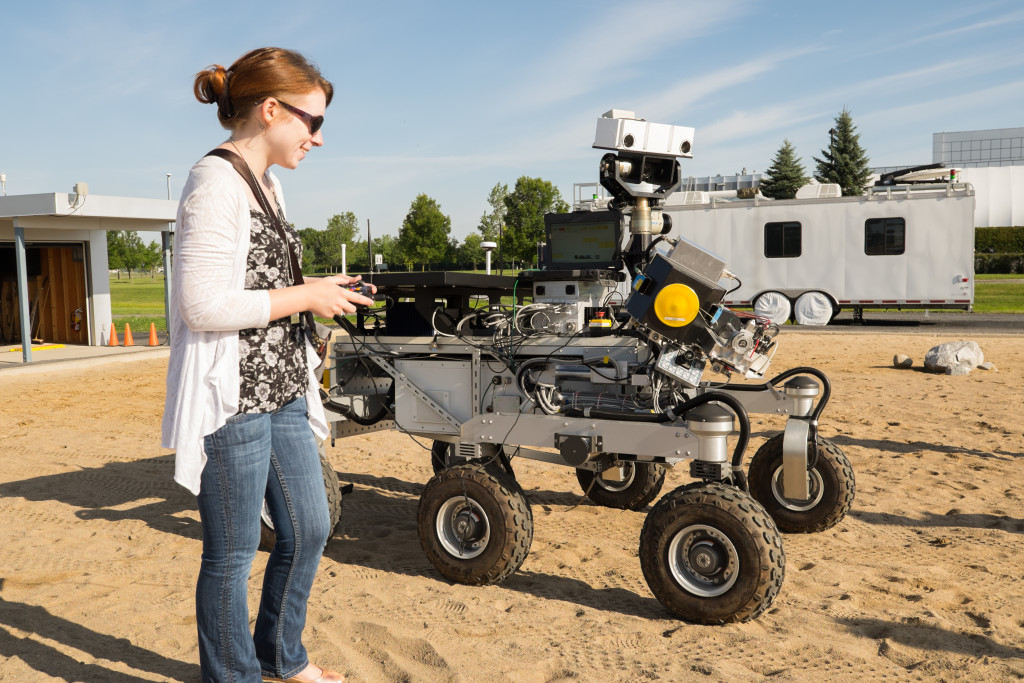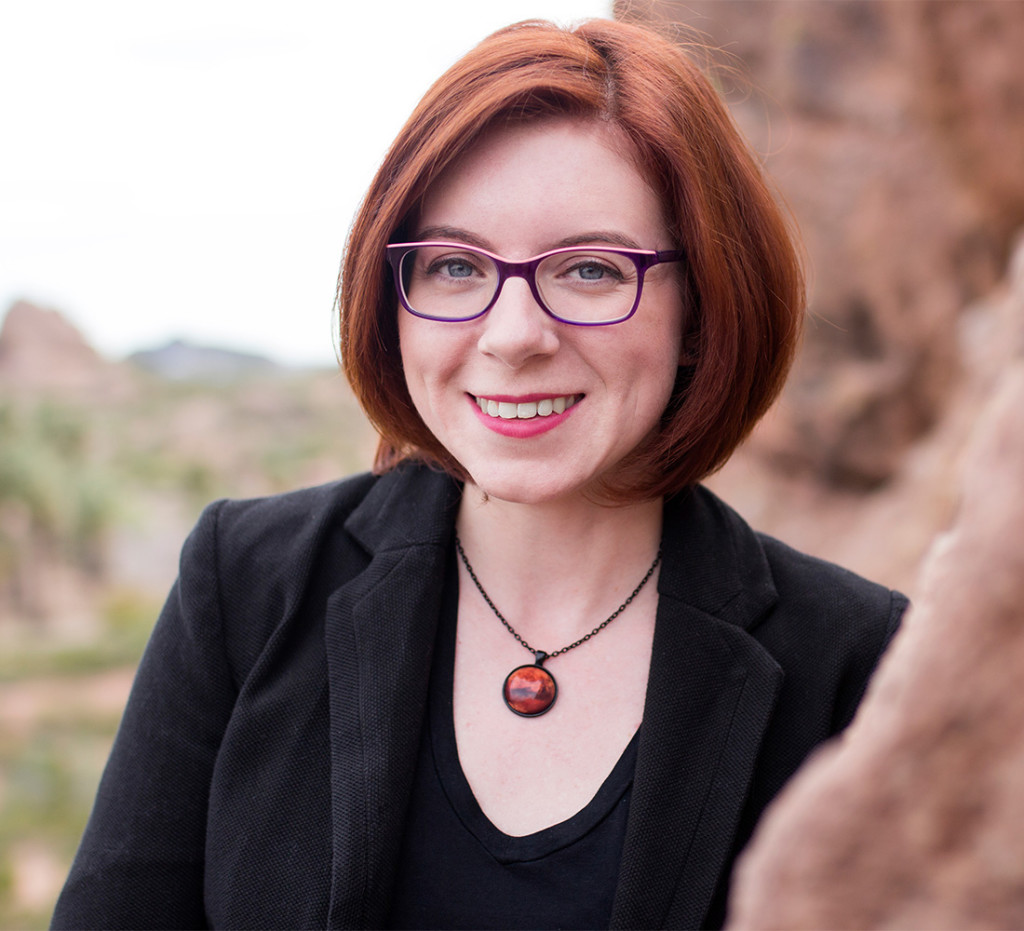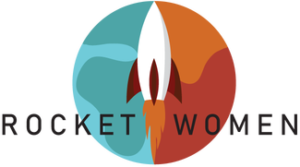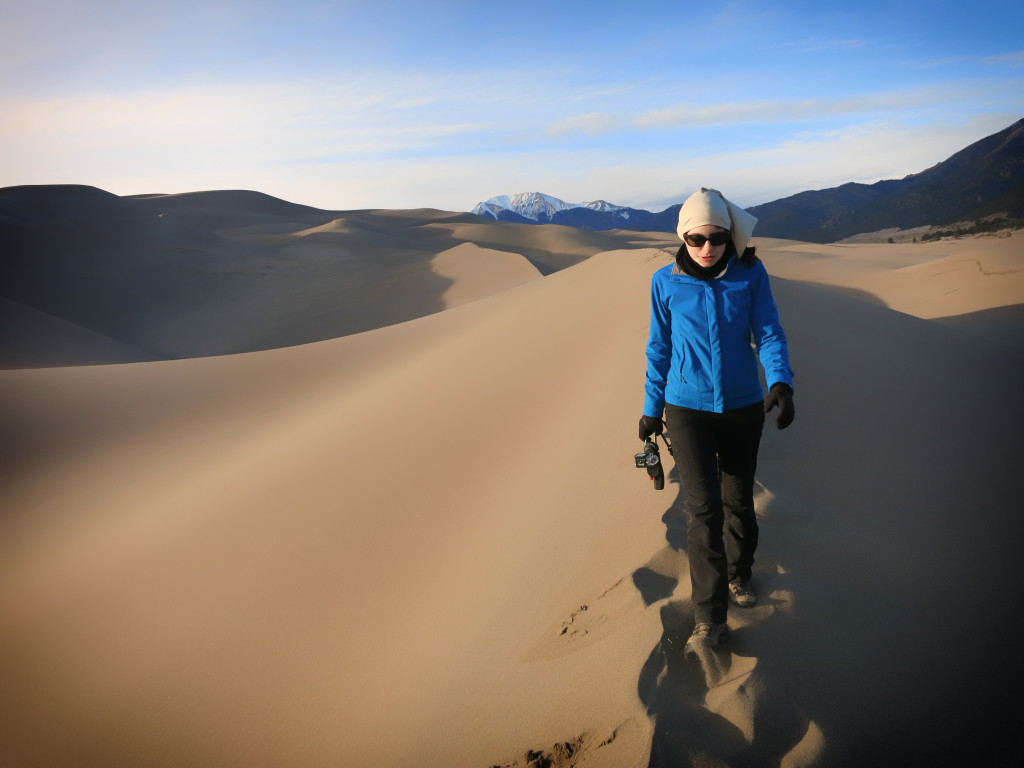
From operating NASA’s rovers on Mars, to leading commercial New Space initiatives and even discussing Martian weather on The Weather Channel, Tanya Harrison’s stellar career has been inspirational. She told Rocket Women what inspires her to push further each day.
RW: What was the path to get to where you are now? How were you inspired to consider a career in the space industry?
I’ve been interested in space since I was five years old, after seeing the film “Big Bird in Japan”. In the film, Big Bird meets Haguya-hime, a princess from the Moon in Japanese folklore. After seeing that I went outside nearly every night to stare at the stars and the Moon. Star Trek was also a *big* influence as I got slightly older. But the focus on Mars specifically started with the Pathfinder mission in 1997. NASA released an animated GIF of the little Sojourner rover driving off the Pathfinder lander onto the surface of Mars. The thought that we were driving a rover around remotely on another planet absolutely fascinated me.
NASA released an animated GIF of the little Sojourner rover driving off the Pathfinder lander onto the surface of Mars. The thought that we were driving a rover around remotely on another planet absolutely fascinated me.
A couple of years later, NASA announced a program called the Mars Millennium Project. The goal of the project was for student teams to design a colony on Mars in the year 2030. Being an introvert (at the time), I undertook the project alone. Through it I ended up connecting with my local chapter of The Mars Society in Seattle. The folks there were really enthusiastic in helping to nurture my interest in Mars, connecting me with local aerospace companies for job shadowing opportunities and getting me on panels at science fiction conventions in the area.
They ended up paying for me to attend the 3rd International Mars Society Conference in Toronto to present my Mars Millennium Project work. Even though I was super shy and read most of my speech off a piece of notebook paper with hand-drawn transparencies as my slides (this was sort of before the era of PowerPoint), that experience really solidified to me that this was what I wanted to do as a career.
In college, I started out as a dual astronomy and physics major because I thought, “Planets are in space, so I should be an astronomer!” It wasn’t until near the end of my junior year that I learned I should’ve actually gone into geology if I wanted to study Mars.
In college, I started out as a dual astronomy and physics major because I thought, “Planets are in space, so I should be an astronomer!” It wasn’t until near the end of my junior year that I learned I should’ve actually gone into geology if I wanted to study Mars. However, I didn’t want to switch majors so far along in my program, so instead I ended up shifting to geology for my masters and Ph.D.
RW: What does your average day look like in your role?
My time is split between doing research on martian surface geology, participating in planning and operations for the Opportunity and Mars 2020 rovers, and working as Director of Research for Arizona State University’s (ASU) Space Technology and Science (“NewSpace”) Initiative.
My role for ASU NewSpace involves meeting with representatives from commercial space companies (companies like Blue Origin, Planet, Bigelow Aerospace, etc.), often at conferences. Our goal is to create academic-commercial partnerships to work together on space-related projects for NASA, the DoD, Department of Energy, you name it. So, I essentially play matchmaker between professors on campus and commercial companies where I see good fits, and pass along information on funding opportunities as I come across them. I also write proposals for my own research in this vein.
I spend a lot of my day “driving” around the planet in the Java Mission-planning and Analysis for Remote Sensing (JMARS) software package. This is freely available software developed at ASU that lets you browse images from pretty much every body in the Solar System for which we have data!
For Mars research, I spend a lot of my day “driving” around the planet in the Java Mission-planning and Analysis for Remote Sensing (JMARS) software package. This is freely available software developed at ASU that lets you browse images from pretty much every body in the Solar System for which we have data! My area of expertise is geomorphology—a fancy term for looking at the shapes of features to determine how they formed.
When it comes to Mars rover operations, I spend time on telecons at least a couple of days per week. Once a week, there is a roundup of Opportunity’s latest results and our plans for the near future. There’s also a weekly meeting right now for the Mars 2020 rover as we try to develop our operational plans and determine where we want to land. There are currently 4 candidate landing sites, which we’re working to narrow down over the next year-ish to our final site of choice.
As a child and young adult, my biggest role model was Stephen Hawking. After a few years of slowly losing some of my ability to walk from crippling pain and joint stiffness, I was diagnosed with a rare degenerative autoimmune disorder called Ankylosing Spondylitis.
RW: Who were your role models when you were growing up? How important are role models to young women?
As a child and young adult, my biggest role model was Stephen Hawking. After a few years of slowly losing some of my ability to walk from crippling pain and joint stiffness, I was diagnosed with a rare degenerative autoimmune disorder called Ankylosing Spondylitis. I spent a lot of time in junior high through my undergrad in and out of wheelchairs or using other assistive devices, and spent a lot of time in hospitals and doctors’ offices. Whenever I would get really down on myself about being able to follow my science dreams, I would think about Stephen Hawking and told myself that if he could be such a high profile scientist with such a debilitating illness, I could definitely keep pushing along.
Donna Shirley was also a big role model once my interests focused specifically on Mars. She led the Mars Pathfinder mission at the Jet Propulsion Laboratory, and for a time was the manager of NASA’s entire Mars Exploration Program. I read her book Managing Martians as a teenager and dreamt of following in her footsteps.

RW: When you’re having a stressful and bad day, what helps you get through it?
Sometimes you just need to disconnect and decompress. I’ll shut off my phone, grab a book, and just read for awhile. If I’m at work, I might leave my office and take a walk outside. On the way out of my building, I pass a life-sized model of the Curiosity rover, our Mars mission operations centre, and a huge projection globe where you can bring up any planet. Those things help remind me of why I do what I do for my career.
I finally got to target my first images of Mars for real. When those first images came back, there was this rush of emotion—the feeling that all of my hard work to get to that point had paid off, and I was living my dream of directly working on a NASA mission to Mars!
RW: What has been the most rewarding moment in your career so far?
I think from an emotional standpoint, it was when I was working on the targeting team for the Mars Reconnaissance Orbiter Context Camera (CTX). After many weeks of training, I finally got to target my first images of Mars for real. When those first images came back, there was this rush of emotion—the feeling that all of my hard work to get to that point had paid off, and I was living my dream of directly working on a NASA mission to Mars!
RW: What else did you want to be when you were growing up?
There weren’t too many deviations from wanting to work in a space-related field. In grade school I was really into marine biology and wanted to study whales. In my undergrad for a very short time, I left my physics major and switched to Digital Media Production because I wanted to work on Pixar-like films. I quickly missed science though and switched back to a physics major after one quarter of media classes. I’ve kept up with an artistic vein though and have a photography business aside from my science work, which is a good creative outlet.
In my first job in the field after getting my masters degree, I experienced pretty bad harassment to the point that it nearly drove me out of the field entirely. I was so demoralized by the time I was able to tell myself that being treated like that wasn’t worth getting to work on a Mars mission, I literally applied for a job at Starbucks just to get out.
RW: Were there any obstacles on your path to working in the space industry?
In my first job in the field after getting my masters degree, I experienced pretty bad harassment to the point that it nearly drove me out of the field entirely. I was so demoralized by the time I was able to tell myself that being treated like that wasn’t worth getting to work on a Mars mission, I literally applied for a job at Starbucks just to get out. But then I decided to go back to school to get a Ph.D. in order to advance my career on the research side, which ended up being a very good decision.
RW: What are your favourite things about your job?
On the Mars side of things, I love being able to just explore the planet and not know what discoveries I might come across on any given day. The chance to see something that potentially no human being has ever seen before is pretty amazing.
On the commercial “NewSpace” side, I enjoy getting the opportunity to interact with so many different companies and hear what they’re working on. Some of them have really lofty long-term goals so it’s interesting to see how they want to get there.
RW: If you had one piece of advice for your 10-year-old self, what would it be?
It would be to study geology more than astronomy if you want to be a planetary scientist. 🙂

